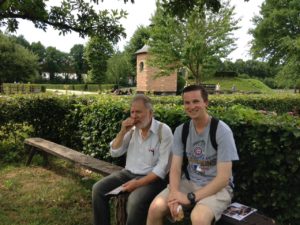Last week was an exciting one! Being immersed in the language has helped my German speaking skills and confidence improve, and the language classes are going great. After class last Thursday, a group took a trip to the famous Schokolade Museum, or Chocolate Museum, right in the middle of Cologne! Not only did we learn about the history of chocolate cultivation and consumption, but they also displayed a chocolate packaging machine in which the chocolate is poured, hardened, separated, and bundled up for delivery! Pope Francis even made an appearance as a chocolate mold on display!
the famous Schokolade Museum, or Chocolate Museum, right in the middle of Cologne! Not only did we learn about the history of chocolate cultivation and consumption, but they also displayed a chocolate packaging machine in which the chocolate is poured, hardened, separated, and bundled up for delivery! Pope Francis even made an appearance as a chocolate mold on display!
Of cou rse, there was also a giant chocolate fountain, and I did get to sample some as well!
rse, there was also a giant chocolate fountain, and I did get to sample some as well!
Perhaps one of the best memories of last week, even better than chocolate, was a conversation I had with Sugras, a 23-year-old Mongolian native who has been living in Germany for over a year. He lives in the same house as me, two doors down, but we actually ran into each other by chance at the Straßenbahn stop down the street on Saturday evening.
We went back to the house and Sugras offered to make dinner. He prepared Chinese beef dumplings — who would have thought I would get the chance to enjoy Chinese cuisine in Germany?! As he made dinner, we had a good, long conversation which covered many topics. He talked about his experience as a minority in Germany — that is, a non-native German.
To him, many Germans appear cold at first, especially in public places like the Straßenbahn or on the street. People don’t smile at him, and it would feel out of line for anyone to talk to a stranger. In my experience in the U.S. and especially the Midwest, by contrast, it’s not completely out of the ordinary for someone to have a conversation with a total stranger as if they’re good friends. He wishes people would be a bit more friendly. Interestingly, he has found that when he speaks English – and not German – people pay more attention to him and are more willing to talk to him.
We also talked about politics and religion; Donald Trump is always an interesting topic of conversation for people who get a chance to talk to an American about it! Sugras, like many Mongolians, practices Shamanism, a spiritual religion which pays special respect to ancestors and forefathers. Interestingly, Sugras had only a vague idea of what Christianity was, and offered some views of religious conflict after I gave him a brief overview of Jesus’s story.
I’ve also had some conversations with Niyyat, another tenant in our house and my next-door neighbor, who comes from Azerbaijan. He speaks primarily English as he’s studying IT networking at a local university. He commented on his experience telling Germans where he’s from — most people can’t locate his country on a map, he says. He finds this issue extends beyond just Azerbaijan, and notes that Germans struggle with other countries’ geographical location in his experience as well. If people were more educated about where countries are located and what’s going on in the world, he thinks xenophobia would be much less prevalent. For instance, German UN forces are in Syria; if people realized this, they might be more welcoming toward Syrian refugees.
It’s always fascinating to learn about how people from other countries view the world, and Germany is a country full of migrants today, offering a unique opportunity for cultural exchange. Food, ideas, and conversations are always great, and Germany is a great place for all of those things!




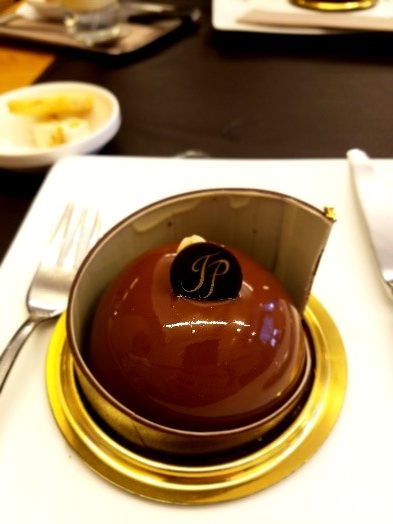
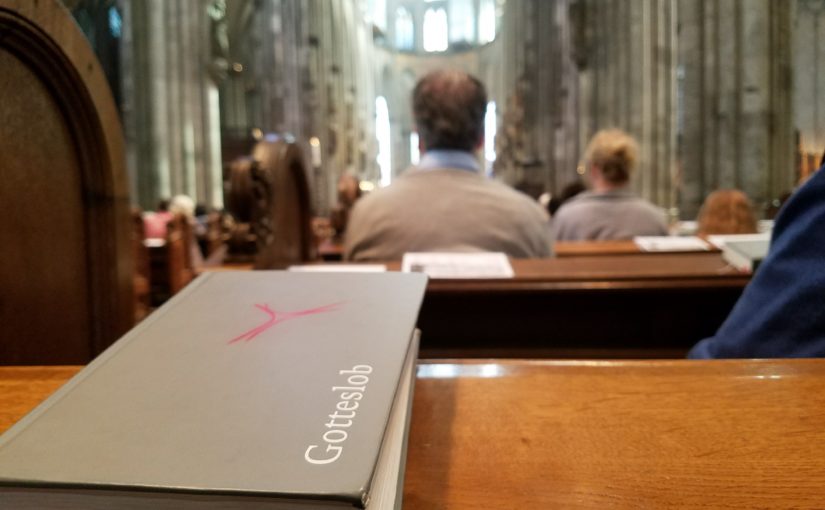
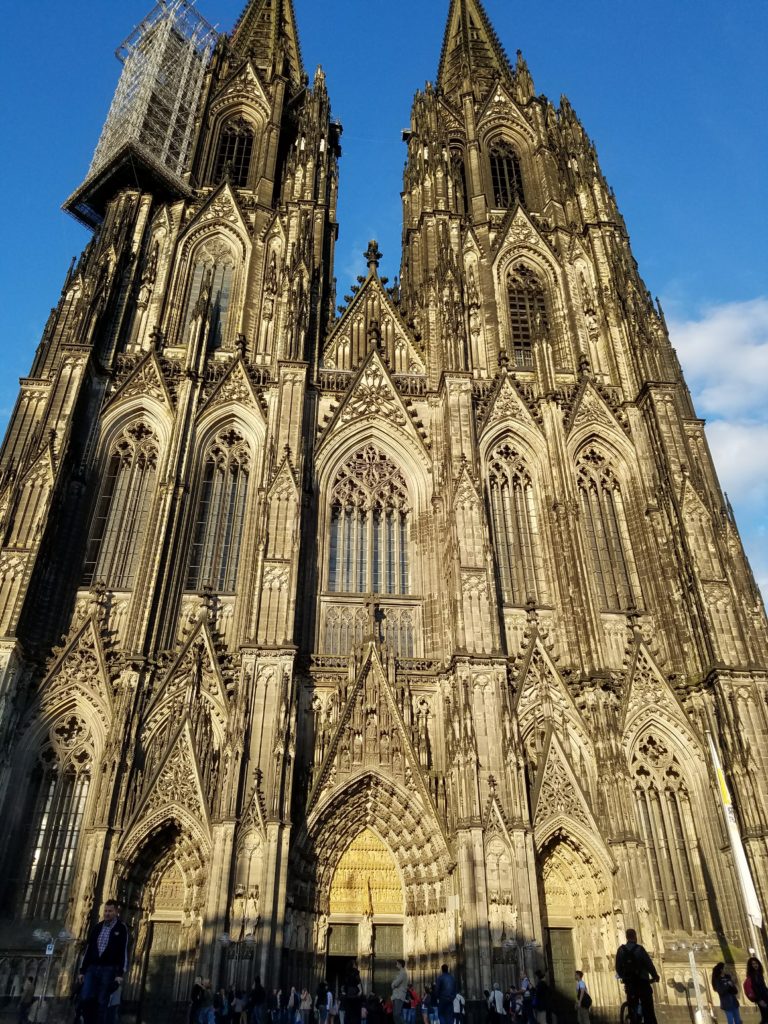
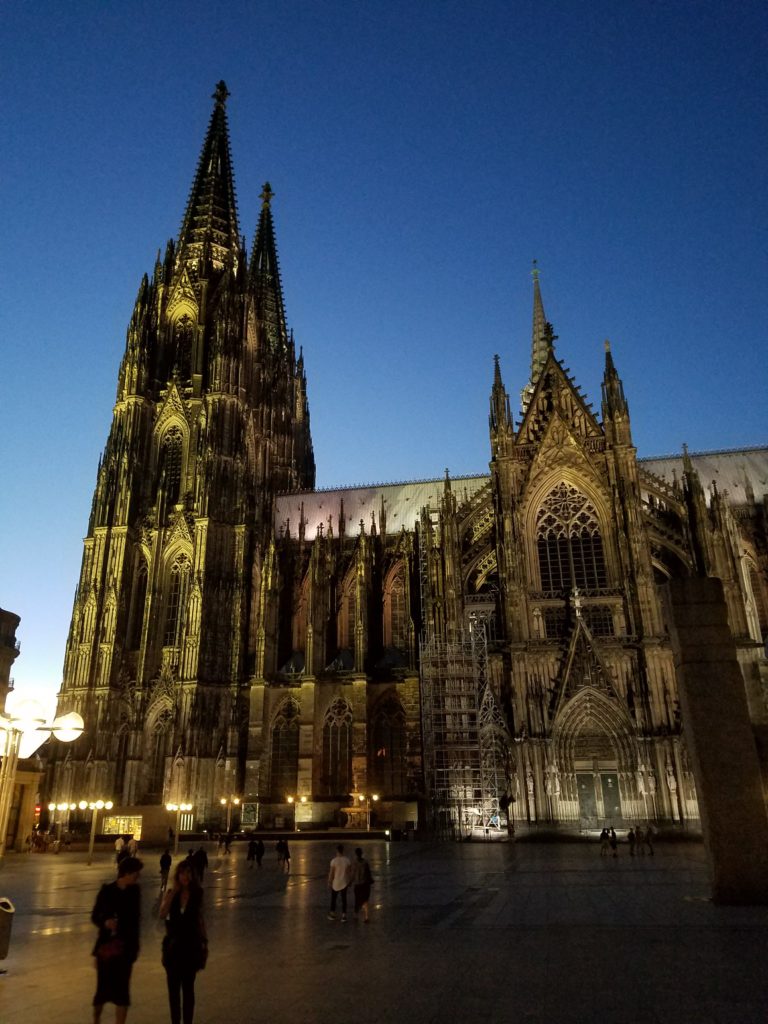
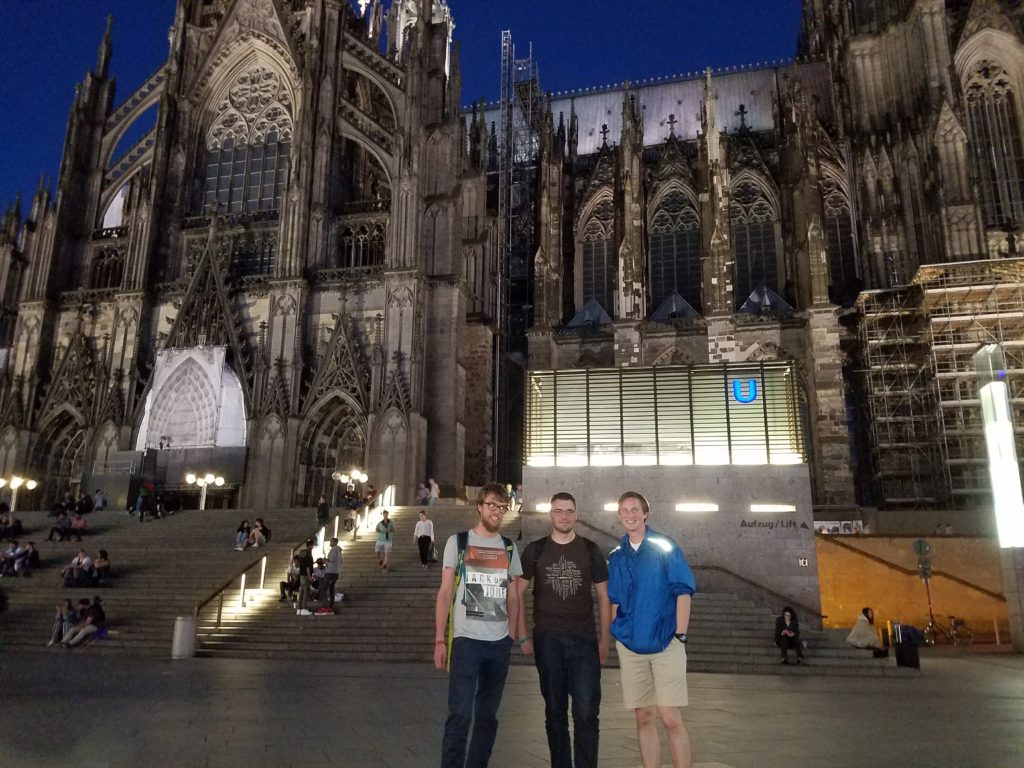
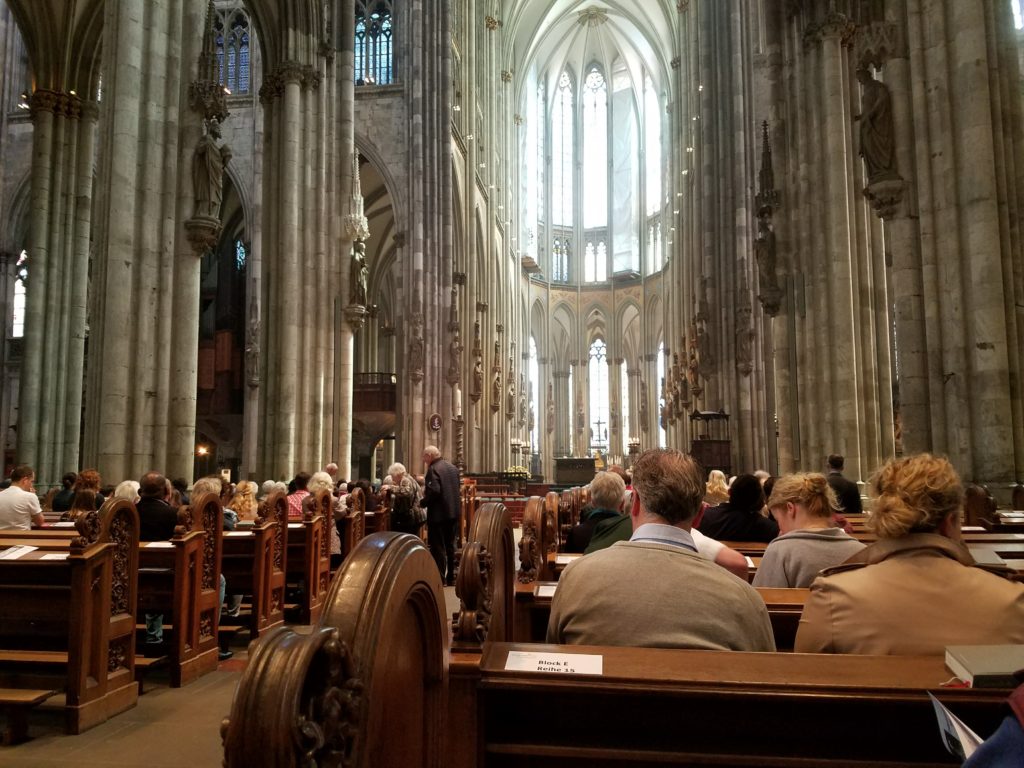
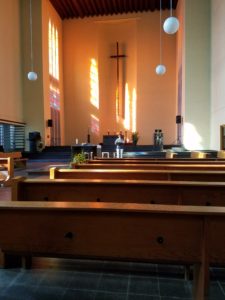



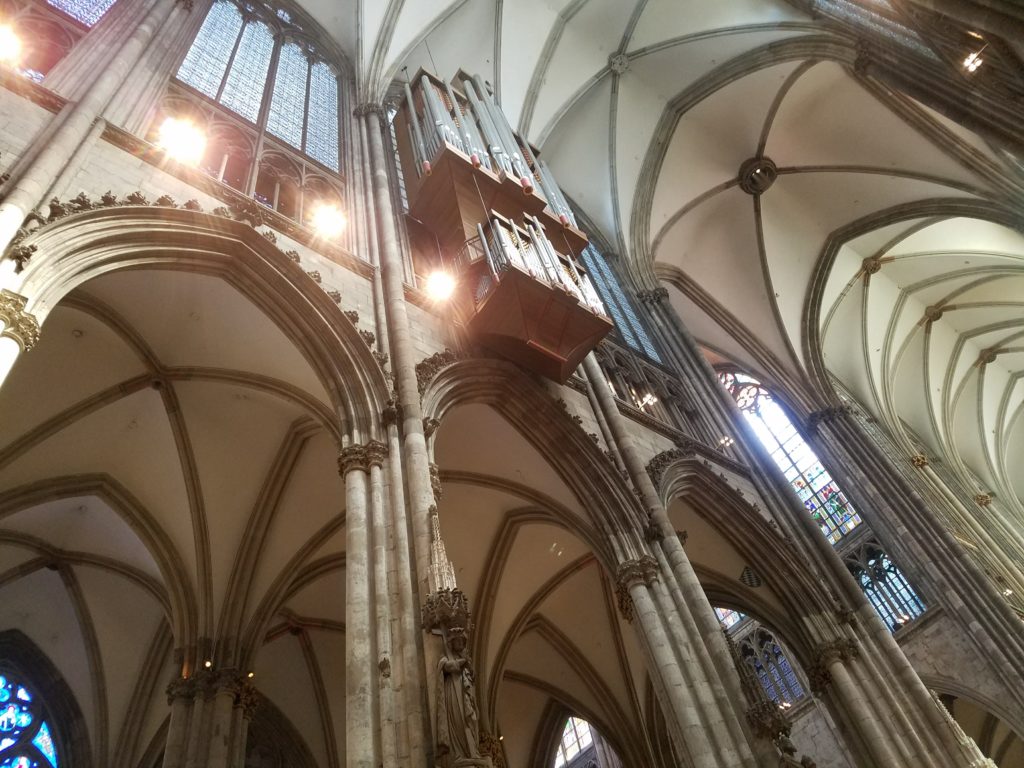

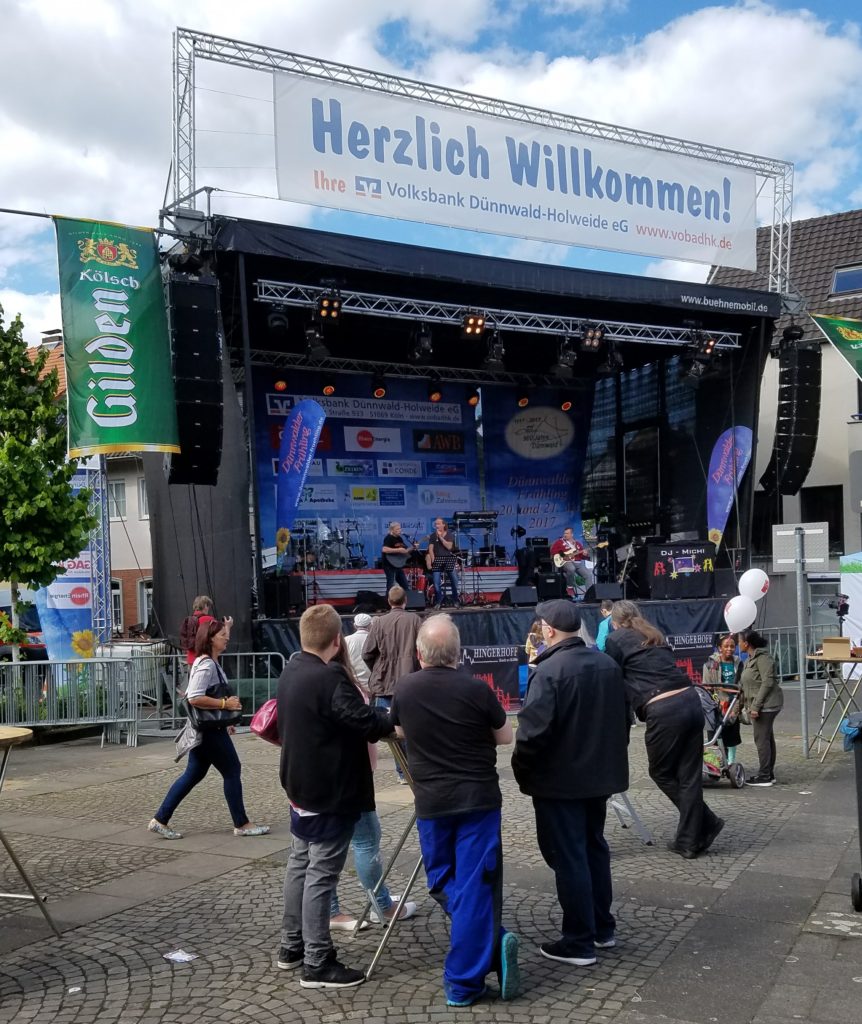

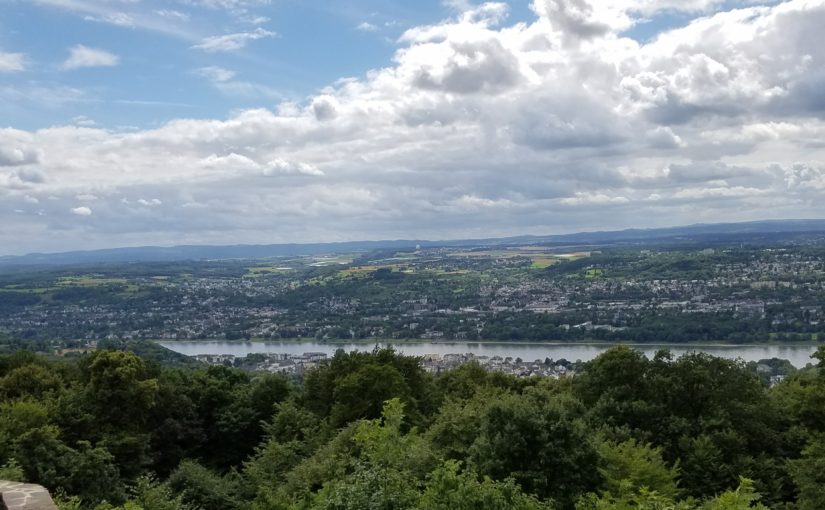
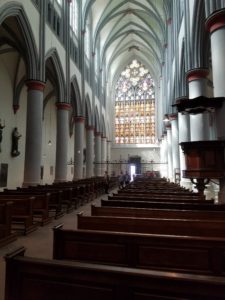
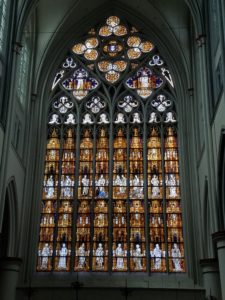
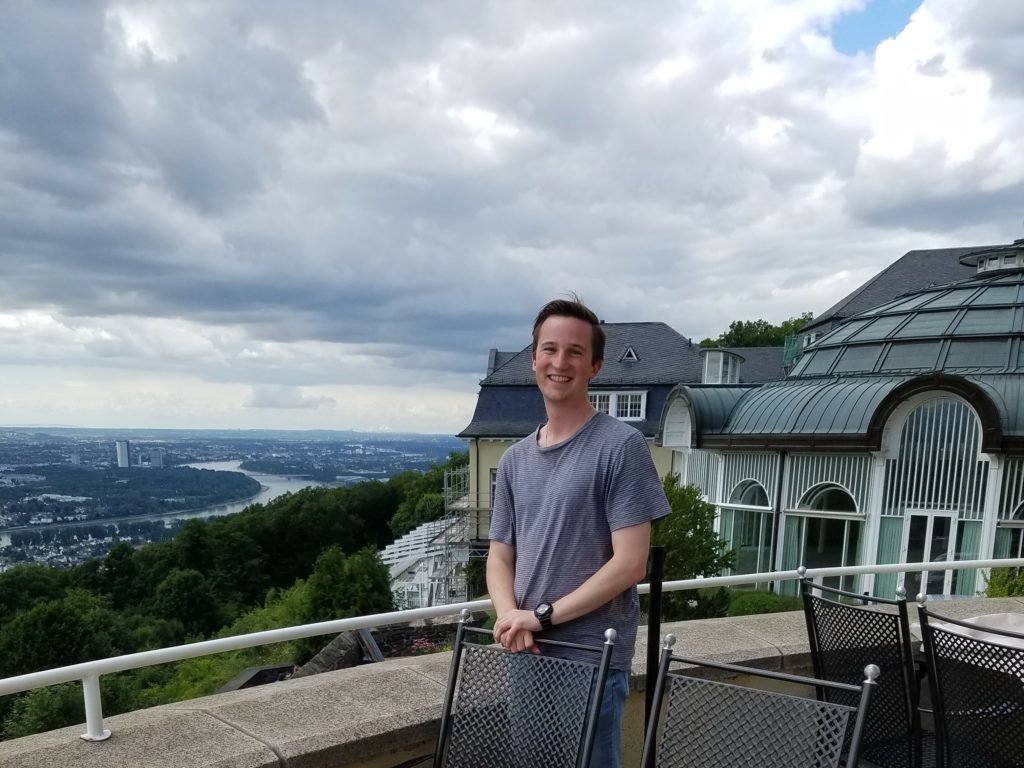
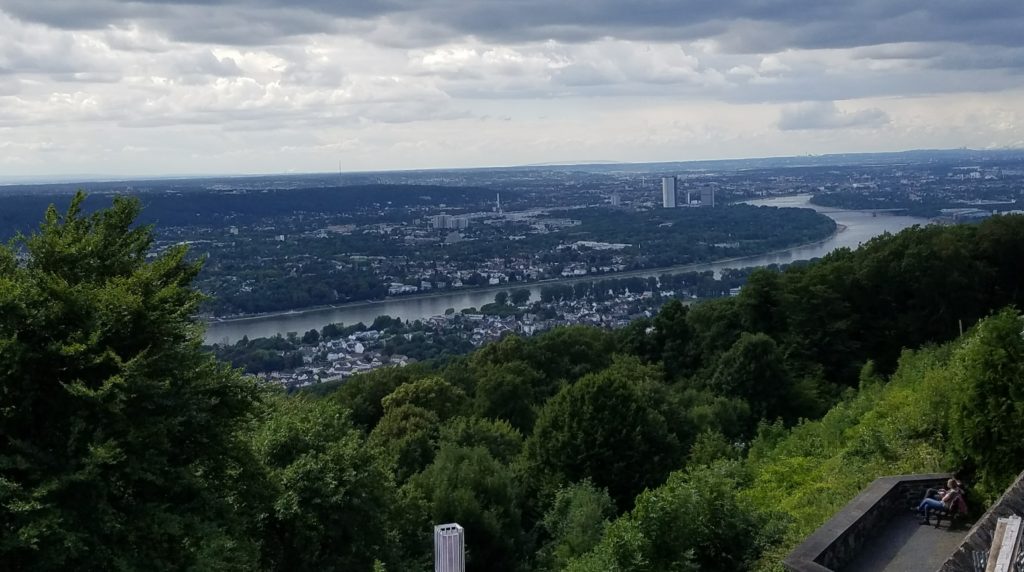
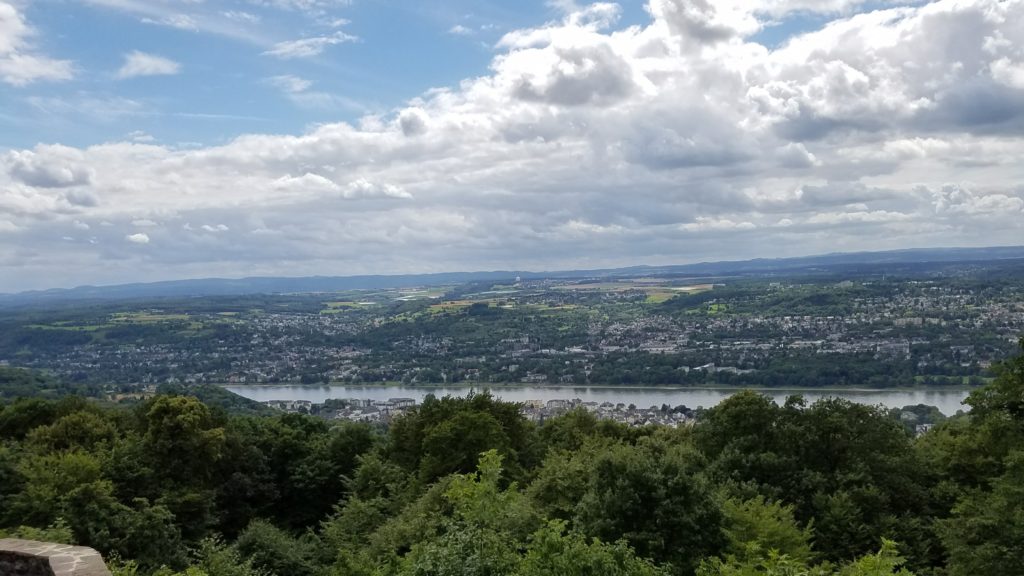
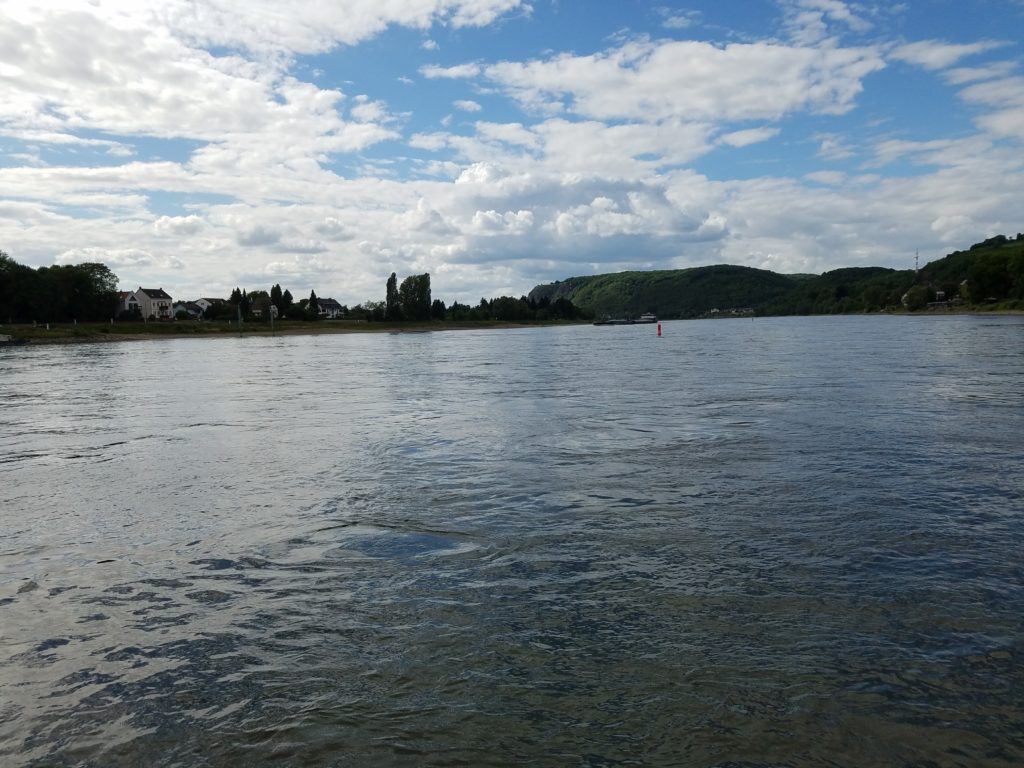
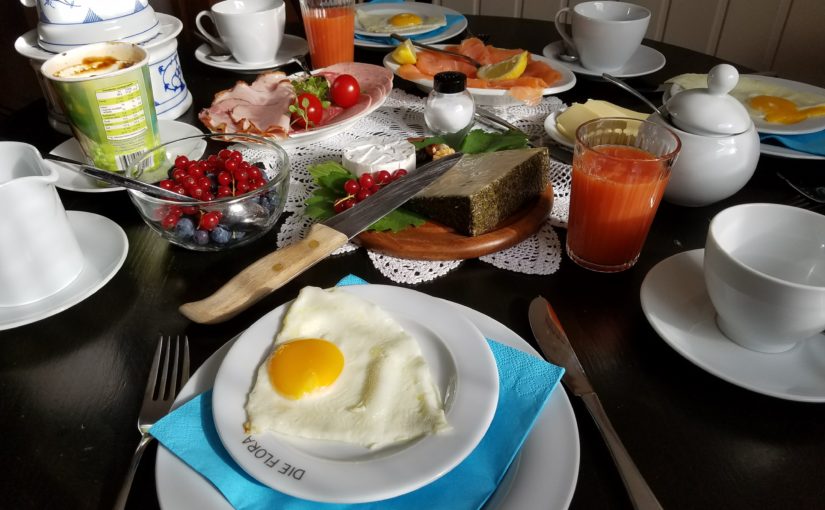
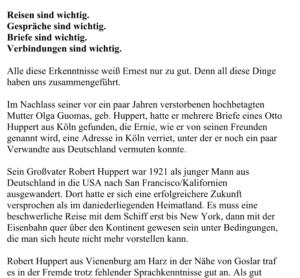
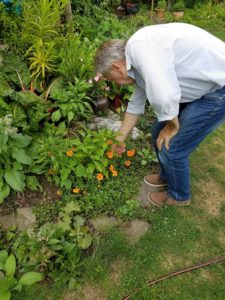
 the famous Schokolade Museum, or Chocolate Museum, right in the middle of Cologne! Not only did we learn about the history of chocolate cultivation and consumption, but they also displayed a chocolate packaging machine in which the chocolate is poured, hardened, separated, and bundled up for delivery! Pope Francis even made an appearance as a chocolate mold on display!
the famous Schokolade Museum, or Chocolate Museum, right in the middle of Cologne! Not only did we learn about the history of chocolate cultivation and consumption, but they also displayed a chocolate packaging machine in which the chocolate is poured, hardened, separated, and bundled up for delivery! Pope Francis even made an appearance as a chocolate mold on display! rse, there was also a giant chocolate fountain, and I did get to sample some as well!
rse, there was also a giant chocolate fountain, and I did get to sample some as well!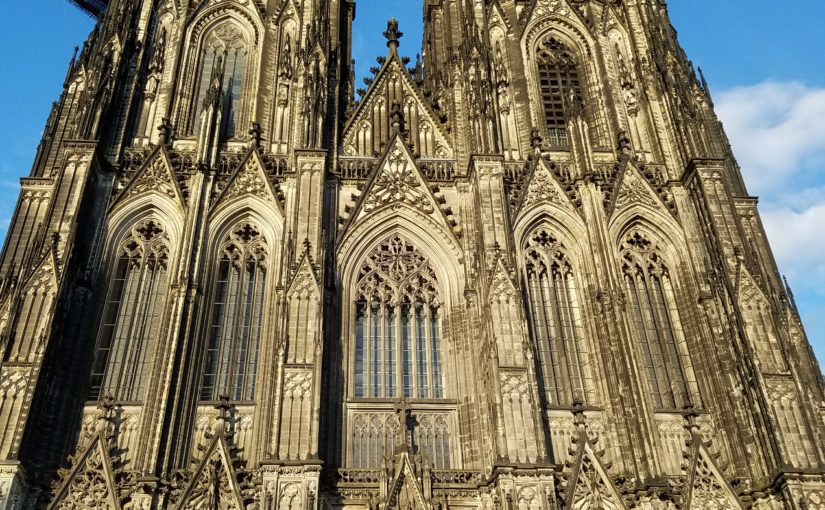
 through the middle of Cologne, North to South, and divides the city into two halves: the “Rechte Seite des Rheins” and the “Linke Seite des Rheins.” Though it’s all one city, some residents like to argue that there’s a slightly different feel to each side, and there’s a friendly sort of rivalry between the two halves of the city.
through the middle of Cologne, North to South, and divides the city into two halves: the “Rechte Seite des Rheins” and the “Linke Seite des Rheins.” Though it’s all one city, some residents like to argue that there’s a slightly different feel to each side, and there’s a friendly sort of rivalry between the two halves of the city.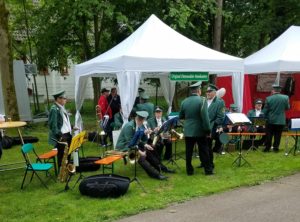
 was acres large and depicted life as it would have been here centuries ago, complete with real farm animals (that’s a goat with me!) and oven-baked bread from freshly horse-mill grinded wheat! Moreover, it was great to spend the entire day communicating in German and getting to know Klaus and his friends. It’s an experience I won’t forget.
was acres large and depicted life as it would have been here centuries ago, complete with real farm animals (that’s a goat with me!) and oven-baked bread from freshly horse-mill grinded wheat! Moreover, it was great to spend the entire day communicating in German and getting to know Klaus and his friends. It’s an experience I won’t forget.